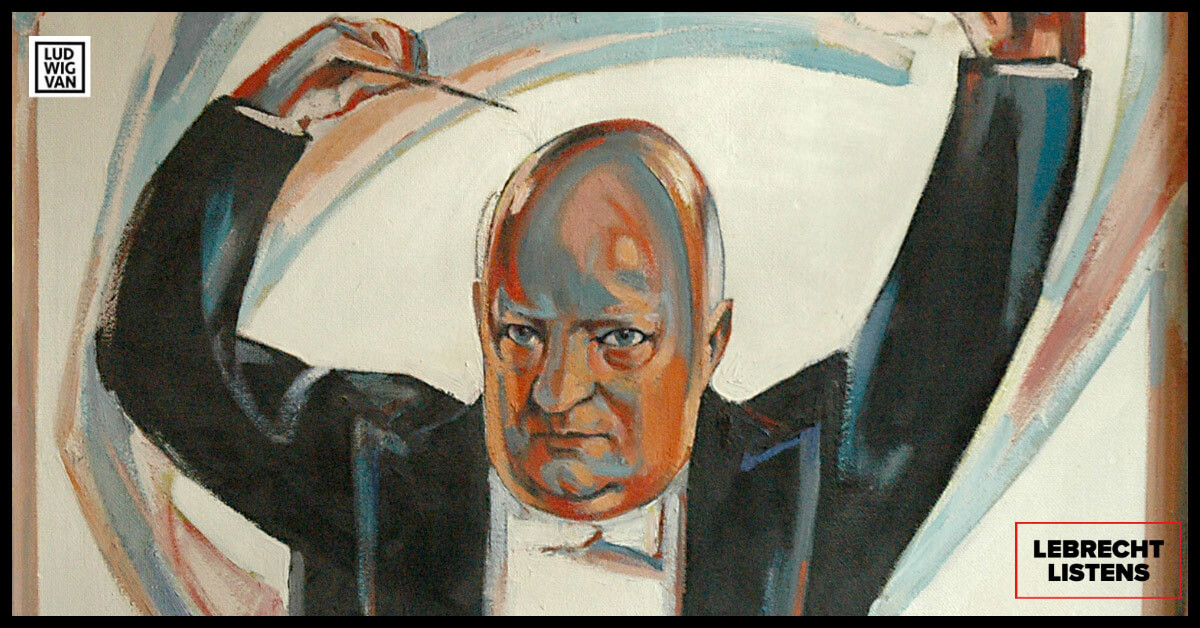
Paul Hindemith: Nusch-Nuschi-Tänze / Sancta Susanna / Symphony, “Mathis der Maler” (Naxos)
★★★★☆
🎧 Naxos
Hindemith is a house without a door. The immensity of his output — 11 operas, 5 ballets, a dozen concertos, countless works for orchestra, lots of chamber music — is not just daunting but superficially impenetrable. The consistency is high and the differentiation difficult.
A German who fought in the First War, and was exiled by Hitler, Hindemith concerned himself with performance high and low, writing for major stages and domestic living rooms. When asked, “which Hindemith should I try first?” I’m lost for an answer.
The American conductor Marin Alsop is embracing Hindemith with great enthusiasm with her new symphony orchestra at Vienna Radio. Her first release, recorded last summer, consists of a fizzing Nusch-Nuschi Dance Suite and a devotional Sancta Susanna suite, both from 1921, allied to a 1933 symphony from the opera Mathis der Maler that got Hindemith into serious trouble with the Nazis.
The Sancta Susanna selections were new to me, and intriguing. Alternately sanctimonious and irreverent, there’s a high soprano part tossed off by Ausrine Stundyte that will leave you open-mouthed in wonder that anyone can get up there. Hindemith writes capably for voice without ever achieving the ease of, say, a Strauss or a Weill. His dramatic impact is also a few rungs below explosive.
The Mathis symphony is well known from reference recordings by Furtwängler, Bernstein, Abbado and the composer himself. Alsop brings fresh energy and a few new angles, persuasive rather than overpowering. On hearing the symphony, I always feel grateful to have been saved from an evening of stasis at the opera.
Hindemith: Clarinet Concerto, Clarinet Quartet & Clarinet Sonata (Orfeo)
★★★☆☆
Sharon Kam blows the 1947 clarinet concerto with far more skill than it requires. Benny Goodman was the commissioning soloist, and Hindemith was less attuned to his style than Stravinsky, Bartok and Copland, who wrote signature pieces. Hindemith takes in all of Goodman’s limitations and none of his character, as if he were writing for a principal clarinet back home in Frankfurt-am-Main (which supplies the orchestra on this recording).
The 20 minutes pass without breathtaking incident. I prefer the two chamber pieces that fill out the album. The key to Hindemith? Maybe it’s the Angel movement of his Mathis symphony, but I wouldn’t bet the house on it.
To read more from Norman Lebrecht, subscribe to Slippedisc.com.
#LUDWIGVAN
Get the daily arts news straight to your inbox.
Sign up for the Ludwig van Daily — classical music and opera in five minutes or less HERE.
- LEBRECHT LISTENS | Two Releases Of Elgar Symphonies To Compare - April 19, 2024
- LEBRECHT LISTENS | Jordan Bak’s Cantabile For Viola Reveals The Neglected Instrument’s Beauty - April 12, 2024
- LEBRECHT LISTENS |David Robert Coleman & The Berlin Radio Symphony Orchestra Reveal The Charms Of Walter Kaufmann - April 5, 2024



